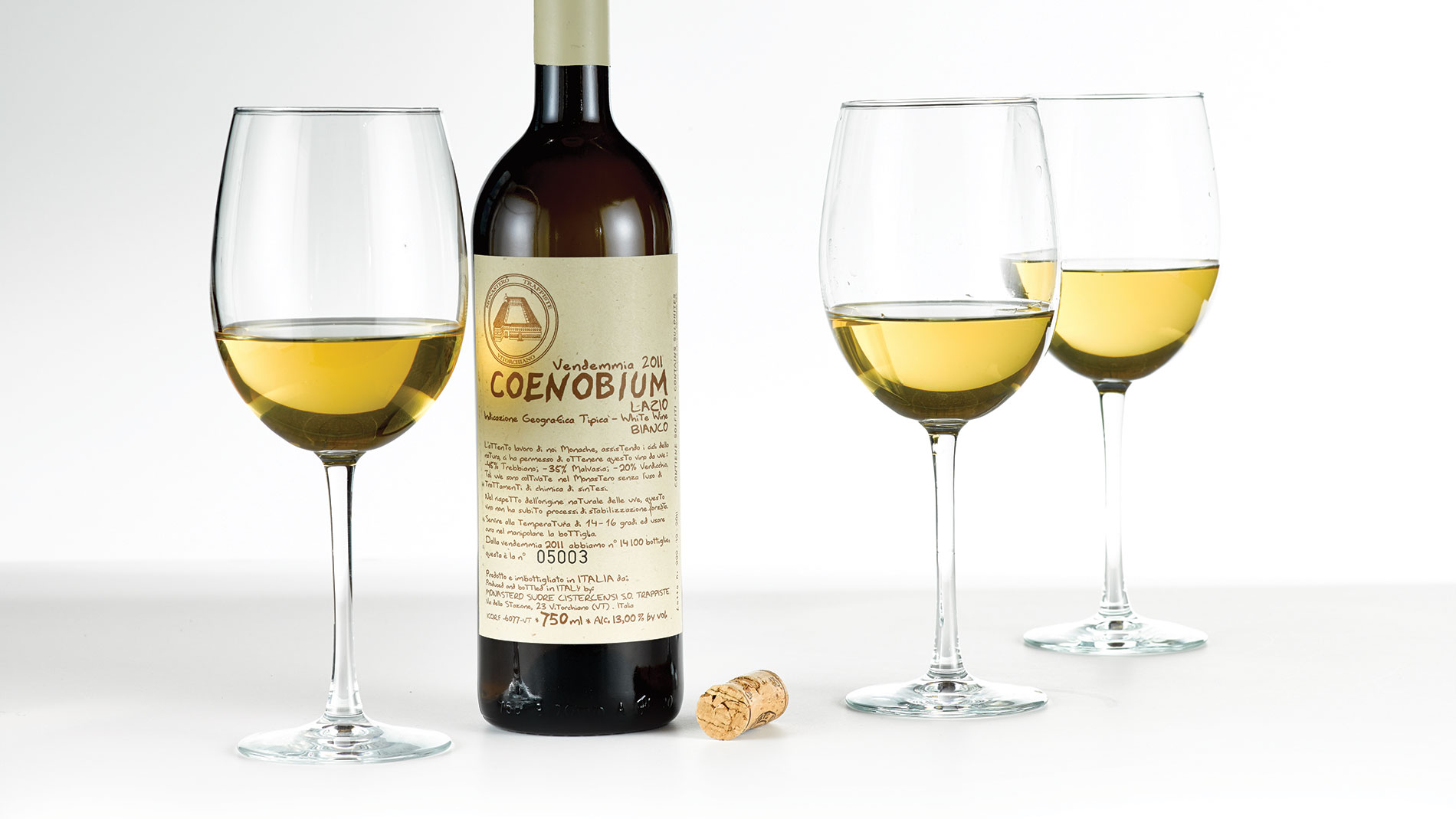Orange is the new white
Unless you are really into wine, you haven’t heard of orange wine. Despite the name, it’s not made from oranges. Rather, it’s made from white wine grapes, the juice of which is allowed to macerate with the grape skins for an extended period of time. This maceration can be as short as a few days or as long as several months, and allows for pigments and phenolic compounds, including tannins, to make their way from the skins to the juice, as in red wine production.
The result is a wine whose color spans from light copper to translucent brown, and a tannic structure that ranges from lightly silky to almost chewy. Because of this production method, the wines tend to be rounder and have more heft than the average white.
There are no official orange wine grapes. The category itself is a colloquialism – there is no sanctioning body that determines what is, and is not, an orange wine. Because most orange wines have historically been made in Italy and Slovenia, they tend to be made from white grapes grown in those countries, like Trebbiano, Malvasia, Verdicchio, Ribolla Gialla and pinot grigio. Therefore, orange wines can vary widely in aroma and flavor.
Orange wines have their naysayers. One of the main criticisms is that these wines do not pair well with food. In fact, they love anything briny and saline, so olives are a go, as is kimchee, if prepared traditionally. Keeping along salty lines, try pairing it with pasta ladled with puttanesca sauce (The capers, black olives and anchovies make it a killer combo.) or veal tonnato with capers. Orange wines do quite well with most meaty fish – swordfish, tuna, monkfish – and scallops, too. If you are having only one glass of wine and need it to span a fish course and a meat course, bingo!
With everything orange wines have to offer – cool color, funky nose, cider-like zing – there’s no reason these edgy wines should only be enjoyed by hipster somms.
Chill orange wines in the fridge 20 to 30 minutes before drinking. They will show more fruit and texture – and simply taste better.
BUY IT
2011 Monastero Suore Cistercensi Coenobium Lazio Bianco
A blend of Trebbiano and other grapes from the Lazio region in Italy, this copper-colored white wine holds the scent of apples and oolong tea. On the palate is the curious combination of citrus zest, apple cider, briny green olives and woodsy herbes de Provence.
$26. The Wine & Cheese Place, 7435 Forsyth Blvd., Clayton, 314.727.8788, wineandcheeseplace.com
Tags : Wine






